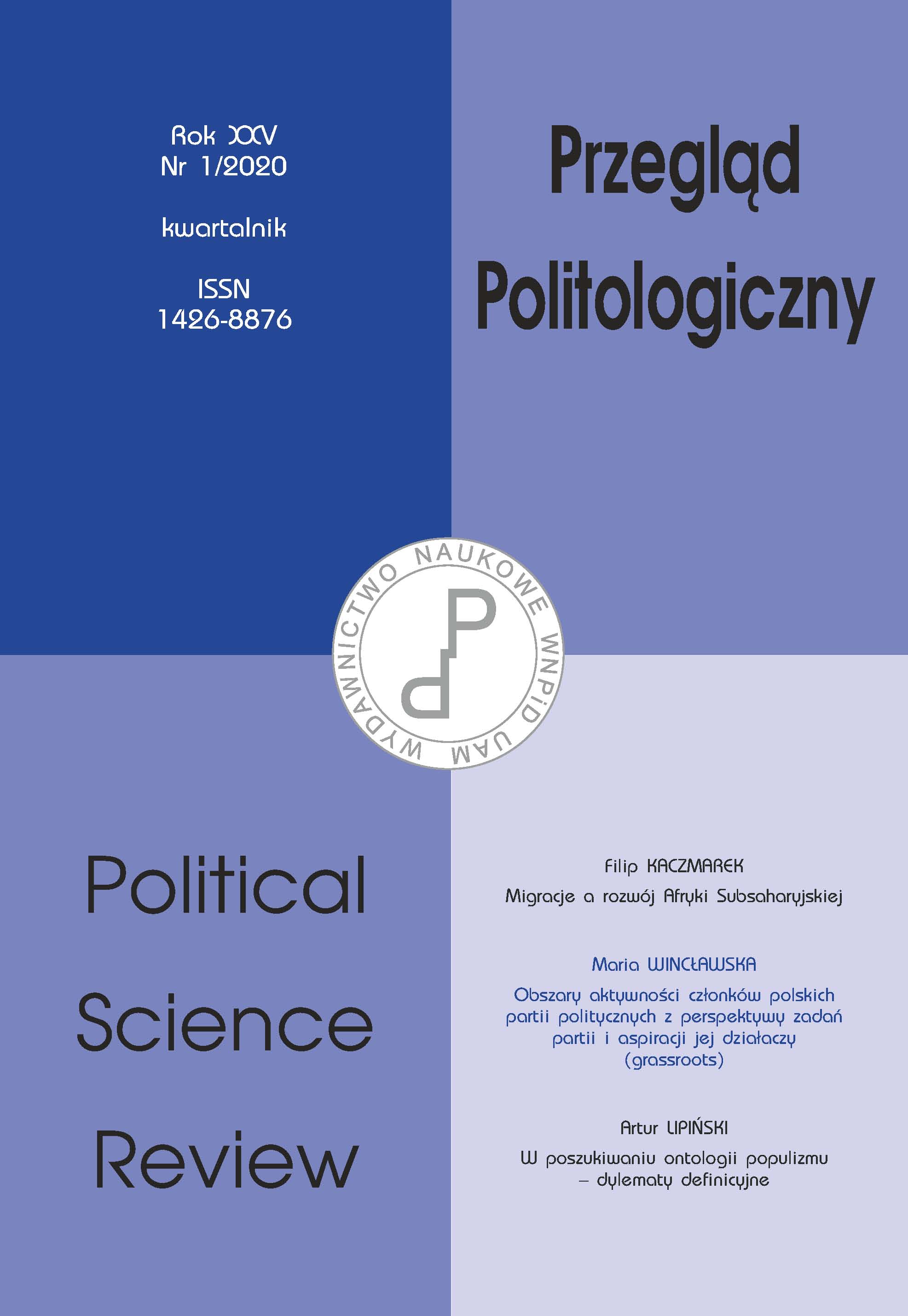Polityczne uwarunkowania wschodnioazjatyckiego modelu rozwoju: ustrój, instytucje i warunki zewnętrzne
Political Conditionality of the East Asian Development Model: The System, Institutions and External Conditions
Author(s): Andrzej BolestaSubject(s): Politics / Political Sciences
Published by: Uniwersytet Adama Mickiewicza
Keywords: development; political system; institutions; East Asia
Summary/Abstract: The article analyses the political determinants of the East Asian development model, focusing on the political system, institutions and external conditions. The model is responsible for spectacular development achievements of some East Asian states and is based on the concept of the developmental state, whose main role is to ensure the developmental caching up with the developed states. The analysis is aimed at answering the question about the preferred type of the political system of the developmental state, defining key institutions for its effective institutionalisation and describing its specific external political conditions.The analysis shows that the concept can be implemented in countries with democratic and authoritarian regimes. An authoritarian regime may have a better political environment for the purposes of the developmental state, nevertheless the actual genus of the political system is of secondary importance. It is the establishment of relevant and well-functioning institutions, such as property rights and the state’s ability to correct the functioning of the market, that is of key importance. The developmental state is a strong state, capable of mobilizing society and the business sector for development purposes. Its position is partly a result of external conditions. Historical development states were created during the Cold War, and the international situation facilitated the mobilisation of societal support and enabled political and economic support of the United States.
Journal: Przegląd Politologiczny
- Issue Year: 2020
- Issue No: 1
- Page Range: 63-75
- Page Count: 14
- Language: Polish

